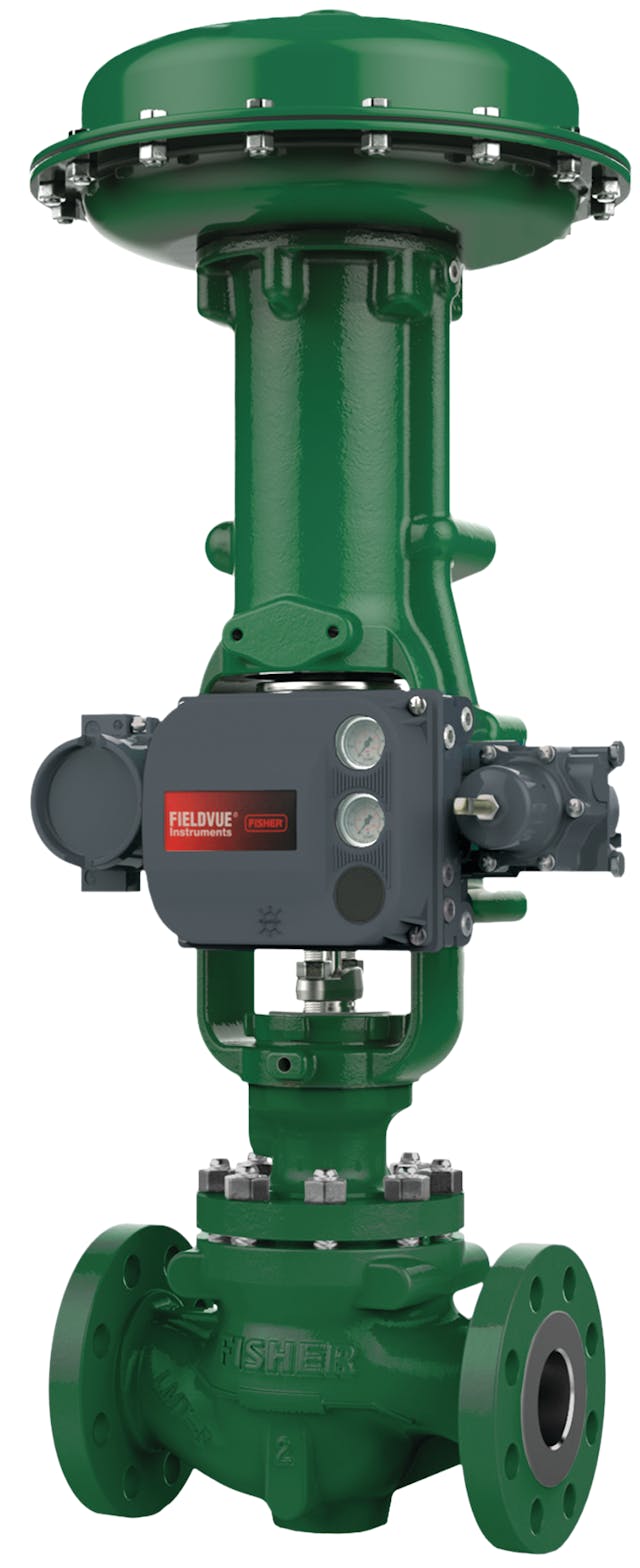
Maximize Power Cost Savings and Comfort With Advanced Structure Automation Controls
In the world of contemporary architecture and center management, the assimilation of advanced structure automation manages stands as a pivotal advancement. By harnessing the power of automation, buildings can adapt, respond, and progress in means that were when unbelievable.
Energy Effectiveness Perks
Energy efficiency benefits can significantly decrease energy usage and functional prices in buildings. By implementing energy-efficient methods and technologies, building owners and drivers can accomplish significant savings while also adding to environmental sustainability. Among the primary benefits of boosting power efficiency in buildings is the decrease of energy bills. Energy-efficient systems, such as sophisticated structure automation controls, can enhance the use of resources like illumination, air conditioning, and home heating, causing lower power expenditures gradually.
Furthermore, enhanced power effectiveness can prolong the life-span of structure equipment and systems. By operating more successfully, heating and cooling systems, light, and various other structure components experience much less wear and tear, resulting in reduced upkeep and substitute expenses. Furthermore, energy-efficient buildings commonly regulate higher residential property values and rental rates, providing long-lasting monetary advantages to owners.
Moreover, power effectiveness can improve resident convenience and performance. Effectively managed indoor settings with ideal illumination and thermal problems create a more enjoyable and conducive office, bring about boosted staff member fulfillment and efficiency. Generally, the energy efficiency benefits related to advanced structure automation controls are diverse, encompassing cost savings, environmental stewardship, and passenger well-being.
Improved Comfort Control
Enhancing convenience control in structure atmospheres requires a sophisticated assimilation of advanced automation systems for ideal resident health. By utilizing innovative building automation controls, centers can customize the interior setting to satisfy the particular demands and choices of occupants. control valves.
By including these innovative controls, buildings can not just enhance comfort but also boost power effectiveness by optimizing system operations based on actual occupancy and usage patterns. Ultimately, focusing on passenger convenience via innovative automation systems leads to a much more enjoyable and much healthier indoor atmosphere.
Operational Efficiency Improvements

Moreover, the implementation of real-time tracking and analytics tools enables structure drivers to recognize energy inefficiencies and functional abnormalities quickly. By continually keeping track of energy usage patterns and system efficiency metrics, modifications can be made in real-time to enhance energy consumption and make sure peak operational efficiency. control valves. Additionally, including demand action approaches into building automation controls can further visit this website improve operational performance by dynamically changing power use based upon grid problems and rates signals
Indoor Environment Optimization
Effective interior climate optimization is a fundamental facet of structure automation controls, making sure owners' convenience and wellness while taking full advantage of power savings. By utilizing sophisticated sensing units and controls, developing automation systems can constantly readjust and keep an eye on temperature level, humidity levels, air high quality, and air flow to develop an ideal interior setting. Keeping comfortable and regular conditions not just enhances resident fulfillment however additionally increases productivity and total health.
Interior climate optimization additionally plays a critical function in energy performance. By fine-tuning ventilation, cooling, and home heating systems based upon real-time data and occupancy patterns, developing automation controls can substantially reduce power consumption - control valves. Implementing strategies such as demand-controlled air flow and thermal zoning can aid minimize power waste while making sure that each area of the building gets the necessary conditioning.

Lasting Atmosphere Development
Building automation manages not only optimize interior climate problems for power effectiveness and resident convenience yet additionally lay the structure for creating a sustainable atmosphere via critical monitoring of systems and resources. By integrating advanced building automation innovations, such as sensors, actuators, and smart software program, centers can keep track of and readjust energy usage in real-time to lessen waste and reduce their carbon impact. These systems allow predictive upkeep, identifying prospective issues before they intensify and enhancing devices performance to enhance longevity and performance.
Additionally, lasting environment production expands past power monitoring to encompass water preservation, waste decrease, my latest blog post and interior air high quality improvement. Building automation controls can regulate water usage, identify leaks, and ensure proper garbage disposal practices, adding to general sustainability efforts. In addition, by regulating and keeping an eye on air flow and purification systems, these innovations enhance passenger wellness and performance while decreasing energy usage related to HVAC operations.
Verdict
To conclude, advanced structure automation manages offer significant benefits in terms of power savings, convenience control, visit this site functional effectiveness, interior climate optimization, and producing a sustainable atmosphere. By implementing these controls, structures can accomplish ideal performance while decreasing power usage and improving occupant convenience. It is apparent that the usage of innovative automation innovation is vital in improving building efficiency and creating a more sustainable future.
Power effectiveness benefits can dramatically reduce energy usage and functional expenses in buildings. In general, the power performance advantages linked with advanced building automation controls are multifaceted, encompassing cost financial savings, environmental stewardship, and passenger health.
Furthermore, including demand response strategies into building automation controls can additionally boost operational performance by dynamically changing energy usage based on grid problems and rates signals.
Building automation manages not just optimize interior environment conditions for power effectiveness and passenger convenience but additionally lay the foundation for producing a sustainable atmosphere with tactical administration of sources and systems.In final thought, advanced structure automation controls offer significant benefits in terms of energy financial savings, comfort control, functional efficiency, interior environment optimization, and creating a lasting setting.